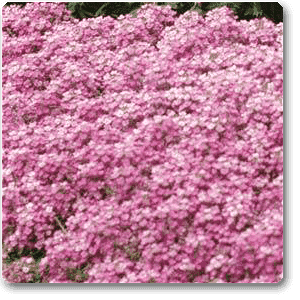Description
Celosia is a small genus of edible and ornamental plants in the amaranth family, Amaranthaceae. The generic name is derived from the Ancient Greek word, meaning “burning,” and refers to the flame-like flower heads. Species are commonly known as woolflowers, or, if the flower heads are crested by fasciation, cockscombs. The plants are well known in East Africa highlands and are used under their Swahili name, mfungu.
Cockscomb is an annual herb and is very common as a garden plant. The tightly clustered blooms are said to resemble a rooster s comb, thus the common name “cockscomb”. Flower colors include red, yellow, orange, gold, and pink. The celosias or cockscombs are erect, branching plants with oval or lance-shaped, brightly colored flowerheads which usually stand above the foliage.The Cristata cultivars are good in containers, and prized for Japanese flower arrangements. have unusual flowers that can bloom up to 10 weeks. These flowers can have red, pink, purple, gold or bicolored blooms. When many celosia flower blooms are next to each other, they collectively resemble fire, which is why the name Celosia, meaning burning in Greek, was chosen. The common name of cockscomb comes from the bloom’s resemblance to a rooster’s comb. Not all celosia flowers look this way – there are many shapes, colors and sizes (from 6 inches to 2 feet). And each blossom is made up of many tiny flowers, which is why this flower will produce numerous small seeds and keep sprouting in your plant containers with no extra effort on your part. Celosia flowers also look great in vases and bouquets, so you can bring their beauty indoors.Plant Specifications*above specification are indicative only. actual dimensions may vary by +-10%
Common Name
Brain Celosia, woolflowers or cockscombs
Maximum Reachable Height
Celosia grows one to one and a half feet tall and is spaced 10 to 12 inches apart
Flower Colour
Pink
Bloom Time
mostly grown as an annual.
Difficulty Level
easy to grow
Planting and careThey are all easy to care for as long as their soil and sunlight requirements are met.Poorly draining planting sites can cause them to develop root rot. To test how quickly the soil drains, remove the top and bottom from a large coffee can, dig a 4-inch-deep hole in the soil, the same circumference as the can, and insert the can into the hole. Fill the can with water and check the water level after one hour. If the water level drops between 2 and 5 inches, the drainage is good. When the water level drops less than 2 inches, the drainage is poor. Perlite can be added along with soil amendments to improve the soil s drainage or you can plant celiosa in containers or raised beds.Celosia can be planted in the garden in the spring when temperatures will remain above 60 degrees Fahrenheit. They will be damaged if the temperature drops lower than that.Celosia Cockscomb careThe plant perform best in big size containers (8inh or more) or plant them on ground
Sunlight
The cockscomb flower requires full sun to do best. Celosia plants require a minimum of eight hours of direct sunlight.
Watering
Keep the celosia flower s potting soil moist, but not wet. Water them as often as necessary to keep the soil consistently moist.
Soil
Celosia plants require soil that drains quickly. Poorly draining planting sites can cause them to develop root rot. Celosias will grow in nutrient-poor, sandy soil but thrive and bloom more profusely in soil that contains high levels of organic matter. Soil pH levels between 6 and 6.5 are best.Zone: In zones 10 and 11, this flower can be grown as a perennial plant in container gardens. In other zones, the celosia flower is usually grown as an annual flower. Celosia species do not tolerate cold.
Temperature
Celosia plants require a minimum of eight hours of direct sunlight and soil that drains quickly.
Fertilizer
Fertilize the celosia flower once a month. These flowers thrive with a rich potting soil, so you may want to include compost or a fertilizer with a high amount of nitrogen.
Celosia Cockscomb special featureIn south India, cockscombs are used extensively for the Onam “Pookkalam”.Celosia Cockscomb uses
Ornamental Use:
In south India, cockscombs are used extensively for the Onam “Pookkalam”
Medicinal Use:
It is used as a treatment for intestinal worms (particularly tapeworm), blood diseases, mouth sores, eye problems
The seeds treat chest complaints and the flowers treat diarrhea
The leaves are used as dressings for boils and sores, and the boiled vegetables are said to be slightly diuretic
Culinary Use:
Some Celosia species are used for food






Reviews
There are no reviews yet.